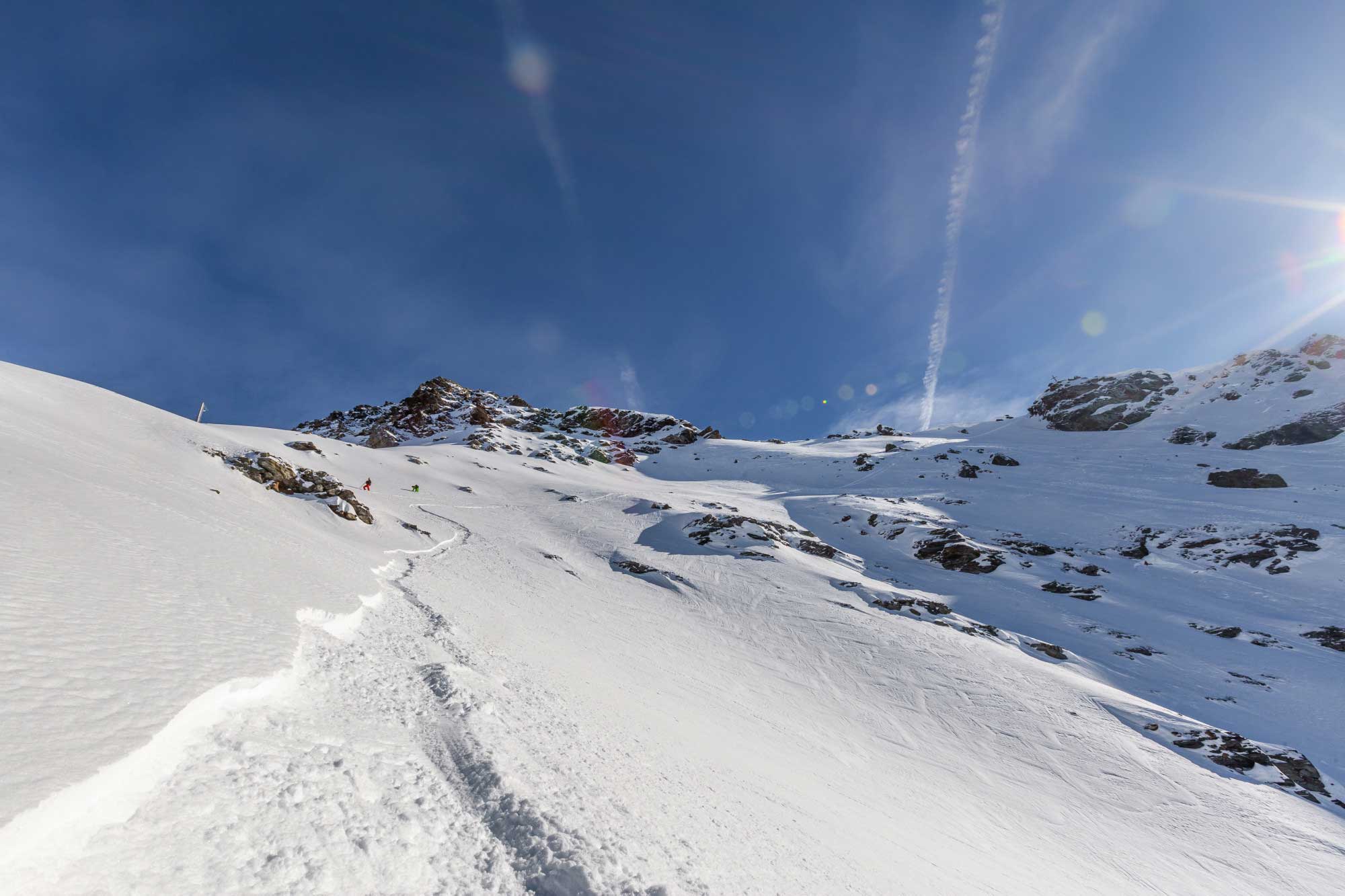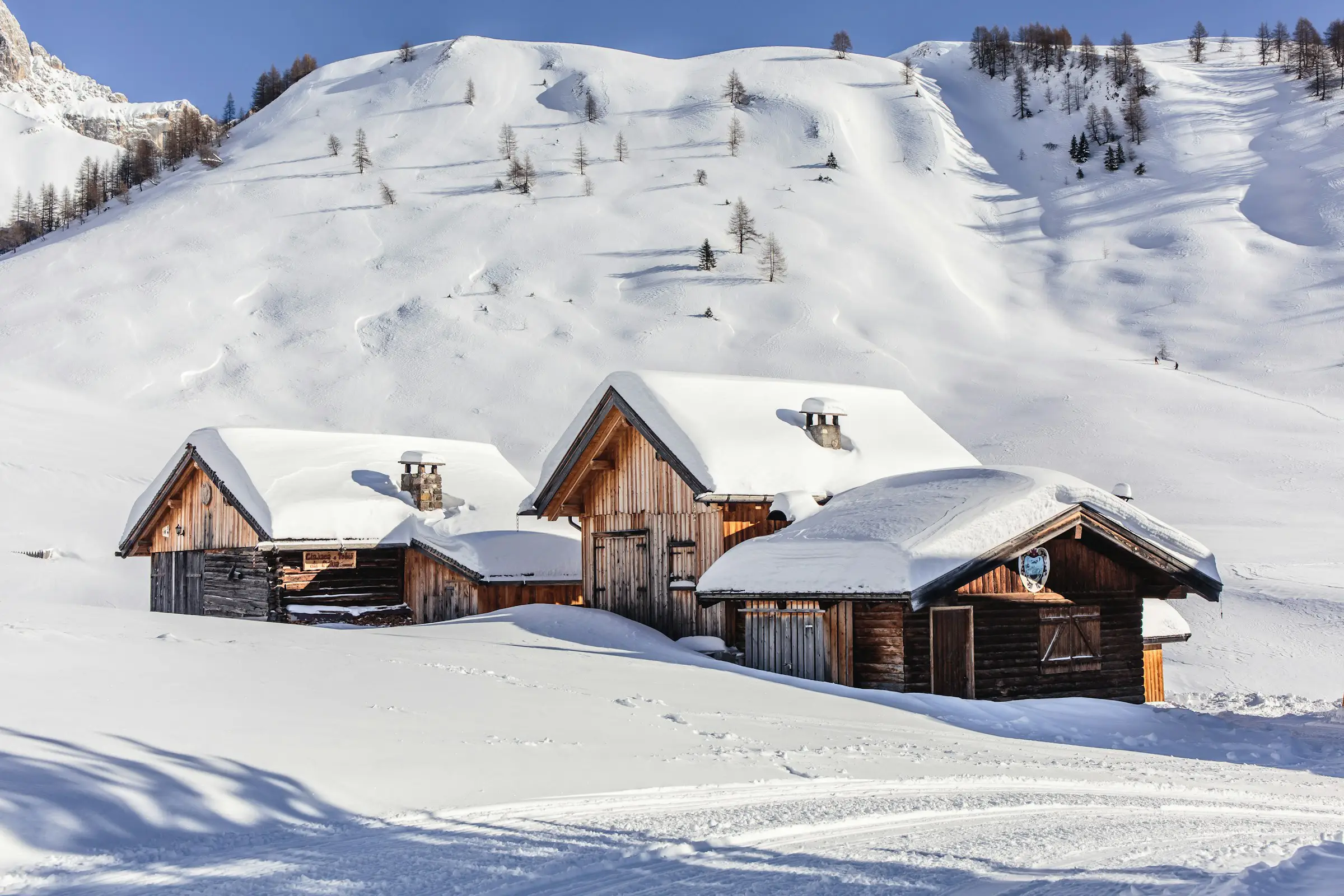Sierra Nevada, nestled in the captivating region of Andalusia, Spain, is a haven for outdoor enthusiasts and winter sports aficionados. Its stunning mountain range, crowned by the iconic Mulhacén peak, offers breath-taking landscapes and world-class skiing opportunities.
However, it’s essential to be prepared for some of the more extreme weather conditions to fully enjoy your time there. Follow Swish on a journey through the slopes as we dive into what to wear in Sierra Nevada, how to find accurate snow reports, and important tips on protecting yourself from the elements.
What is the Weather like in Sierra Nevada?
How Cold Does it Feel on the Slopes of Sierra Nevada? Sierra Nevada’s altitude, combined with its proximity to the Mediterranean Sea, creates unique weather patterns. On the slopes, the temperature can vary significantly throughout the day and of course it is dependent on the season.
Winter (December to February):
Winter in Sierra Nevada brings snow-covered landscapes and colder temperatures, making it a prime season for winter sports enthusiasts. Here’s what you can expect during the winter months:
- Temperature: Daytime temperatures in Sierra Nevada during winter range from -5°C to 10°C (23°F to 50°F). In higher elevations, temperatures can drop below freezing.
- Snowfall: Sierra Nevada is renowned for its abundant snowfall during winter, creating ideal conditions for skiing, snowboarding, and other winter activities. The mountain peaks and slopes are blanketed in a pristine layer of snow.
- Ski Season: Winter is the peak ski season in Sierra Nevada, with the ski resorts bustling with visitors. The slopes offer a variety of runs catering to different skill levels, and the resort towns come alive with a festive atmosphere.
Spring (March to May):
Spring in Sierra Nevada is a season of transition, as the snow begins to melt, and nature awakens from its winter slumber. Here’s what you can expect during the spring months:
- Temperature: Daytime temperatures in spring range from 10°C to 20°C (50°F to 68°F). As the season progresses, temperatures gradually increase.
- Melting Snow: Spring is the time when the snow starts to melt, creating rushing streams and waterfalls. The melting snow also contributes to the rejuvenation of flora and fauna in the region.
- Changing Conditions: The weather in spring can be quite changeable, with a mix of sunny days and occasional rain showers. It’s advisable to dress in layers to adapt to the fluctuating temperatures.
Summer (June to August):
Summer in Sierra Nevada brings warmer temperatures and a pleasant climate, making it a popular season for outdoor activities. Here’s what you can expect during the summer months:
- Temperature: Daytime temperatures in summer range from 25°C to 35°C (77°F to 95°F) in the lower elevations. At higher altitudes, temperatures are slightly cooler.
- Sunshine: Sierra Nevada enjoys long hours of sunshine during the summer months, providing ample opportunities for outdoor adventures and leisure activities.
- Dry Weather: Summer is characterized by dry weather conditions with minimal rainfall. The region experiences a Mediterranean climate, which contributes to the warm and sunny summers.
Autumn (September to November):
During autumn, Sierra Nevada experiences a transition from the warmer summer months to cooler temperatures. Here are some characteristics of the weather during this season:
- Temperature: Daytime temperatures in autumn range from 10°C to 20°C (50°F to 68°F), with cooler temperatures as the season progresses.
- Precipitation: Autumn in Sierra Nevada sees occasional rainfall, with the possibility of thunderstorms. The amount of precipitation is generally lower compared to the winter months.
- Changing Colours: As the season progresses, the mountain landscapes of Sierra Nevada transform into vibrant hues of red, orange, and gold, creating a stunning visual spectacle.
Read our Swish Guide to the best time of year to visit Sierra Nevada, here.
How to Check Accurate Weather and Snow Reports for Sierra Nevada
To plan your activities effectively and ensure you’re prepared for the weather, it’s crucial to access accurate weather information especially if you are hiking or hitting the slopes. Here are a few reliable sources for checking the weather in Sierra Nevada:
- Official Weather Websites: Visit the official websites of meteorological services like the Spanish National Meteorological Agency (AEMET) or local weather stations for up-to-date weather forecasts.
- Mobile Apps: Install weather apps like AccuWeather, The Weather Channel, or Apple Weather App.
- Snow Reports: Check the snow report for Sierra Nevada here.
What to Wear for the Weather in Sierra Nevada
Sierra Nevada’s weather can be unpredictable, especially during the winter months. Dressing in layers is crucial for adapting to changing conditions and maintaining comfort throughout the day. Consider the following clothing items:
- Base Layers: Begin with moisture-wicking base layers to keep your body dry and regulate temperature.
- Insulating Layers: Add a mid-layer like a fleece or down jacket for extra warmth.
- Outerwear: Wear a waterproof and windproof jacket and pants to protect against snow, wind, and occasional rain.
- Accessories: Don’t forget a warm hat, gloves, and a neck gaiter or scarf to shield your extremities from the cold.
Remember, you can still look chic on the slopes!
Protecting Yourself from the Elements in Sierra Nevada
Apart from the cold, Sierra Nevada’s high altitude and sunny climate require additional precautions to safeguard yourself from the elements. Here are some of our essential tips:
- Sun Protection: Apply a high SPF sunscreen to all exposed skin areas, even on cloudy days. Wear UV-protective sunglasses and a broad-brimmed hat to shield your face from the strong mountain sun.
- Hydration: Stay hydrated by drinking water regularly, as high altitudes can cause increased fluid loss. Carry a reusable water bottle and refill it at the resort’s hydration stations.
- Lip Balm and Moisturizer: Protect your lips and skin from dryness and windburn by applying a moisturizing lip balm and lotion with SPF.
- Eye Protection: Ski goggles or sunglasses with UV protection are essential to shield your eyes from sun, snow glare, and potential debris.
- Layers: Be prepared to remove or add layers as necessary to prevent overheating or chilling.
Sierra Nevada offers incredible outdoor experiences, but it’s vital to be well-prepared for the weather conditions. Dressing in layers, checking snow reports, and taking measures to protect yourself from the elements will ensure a comfortable and enjoyable time on the slopes.
For more information on any aspect of your stay in Sierra Nevada, Spain, please contact us.


